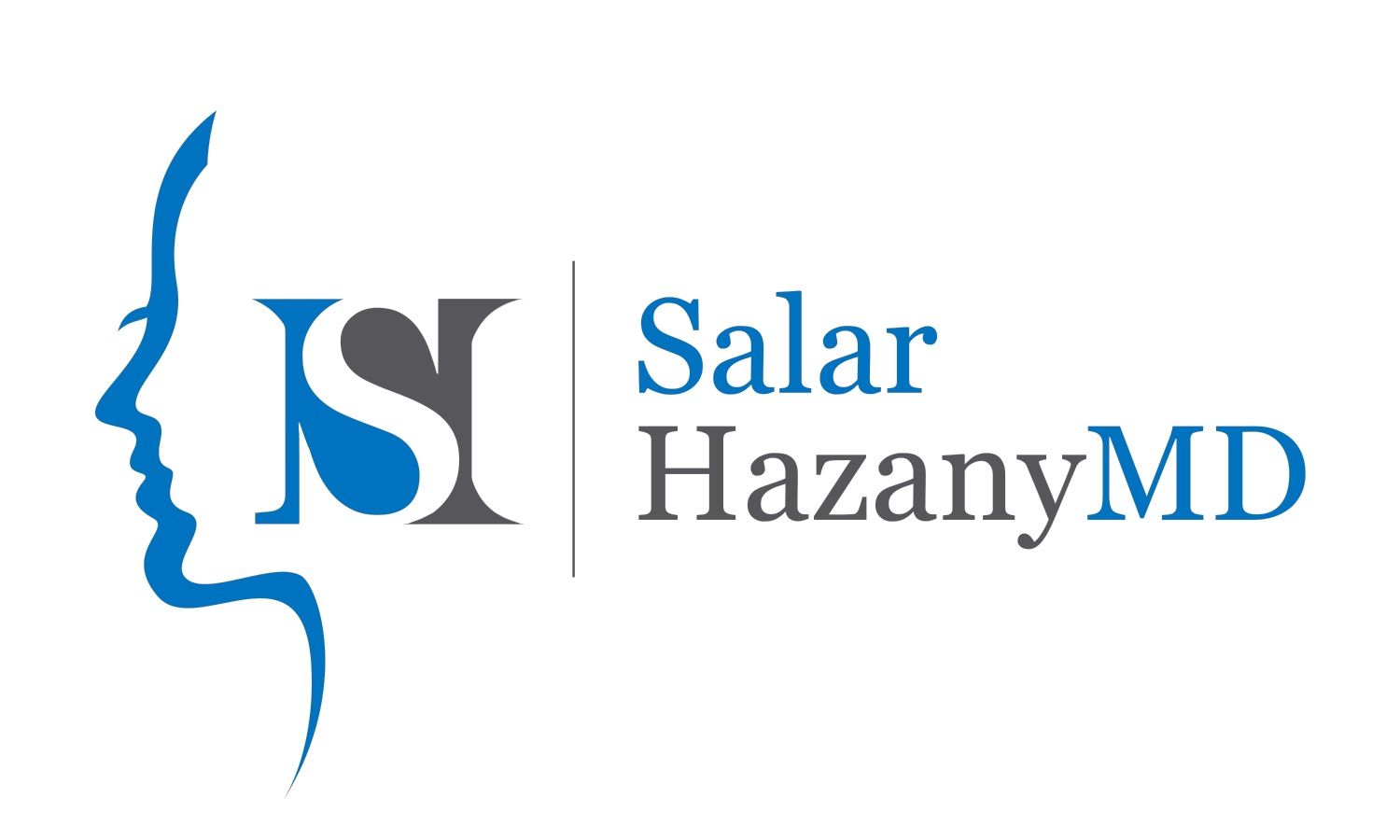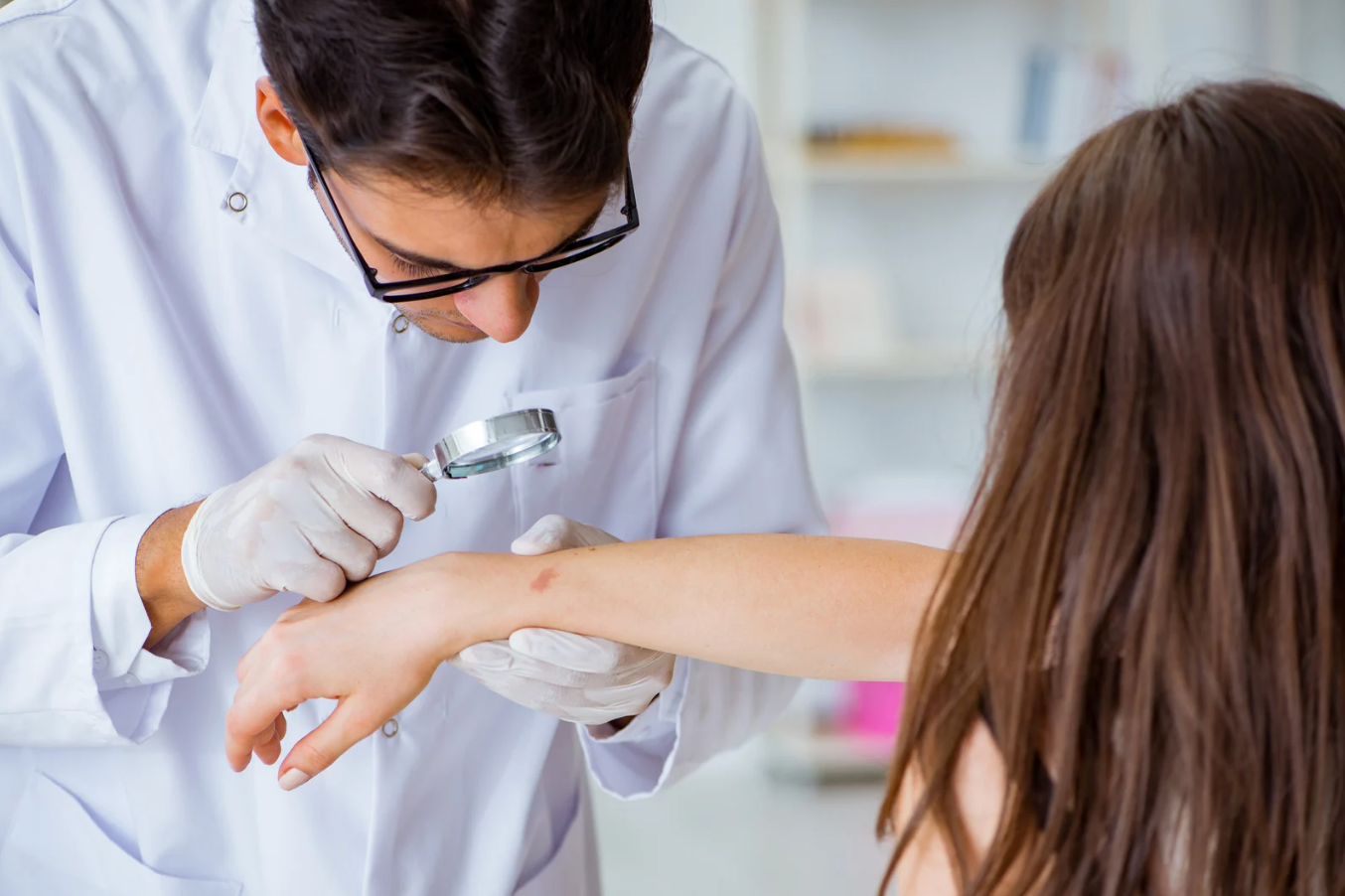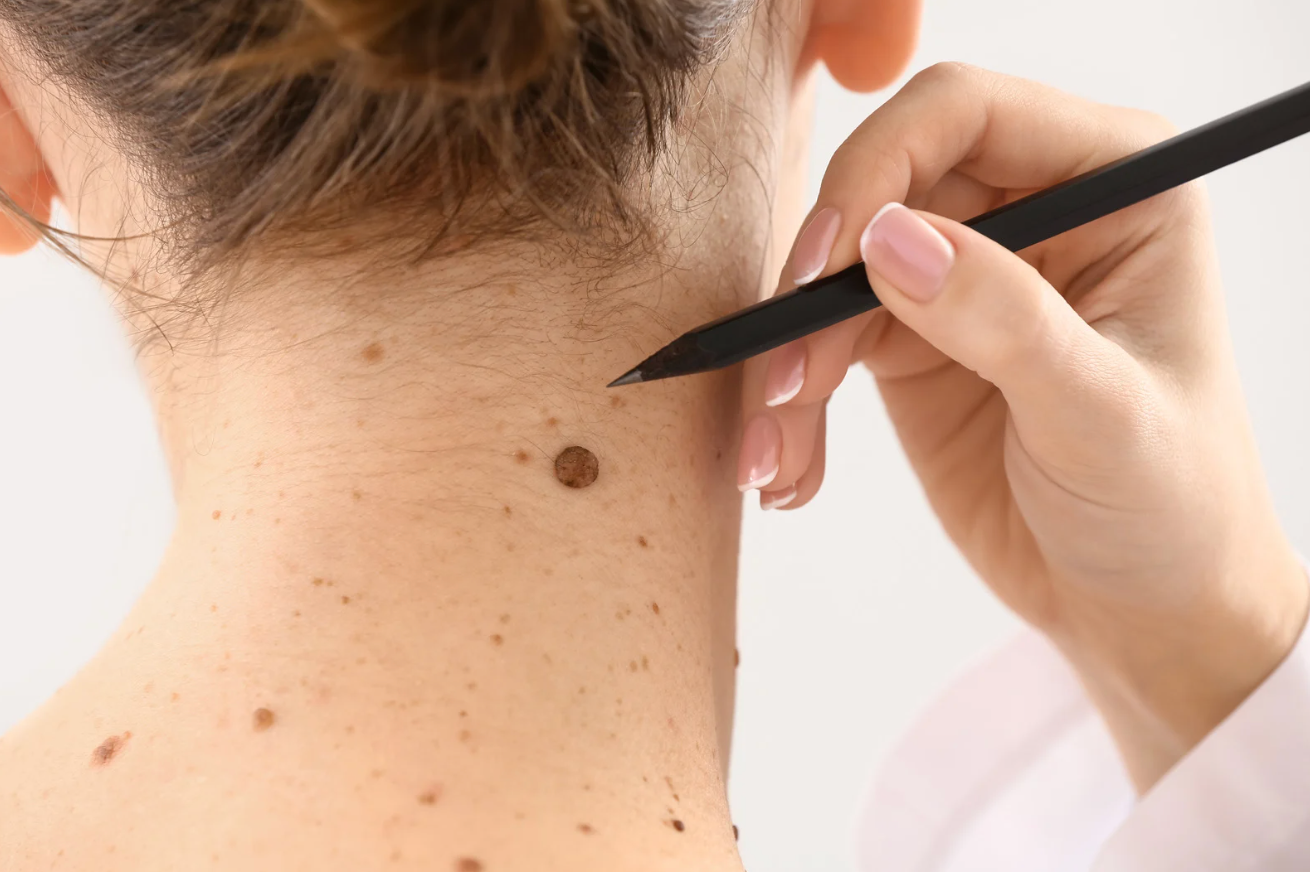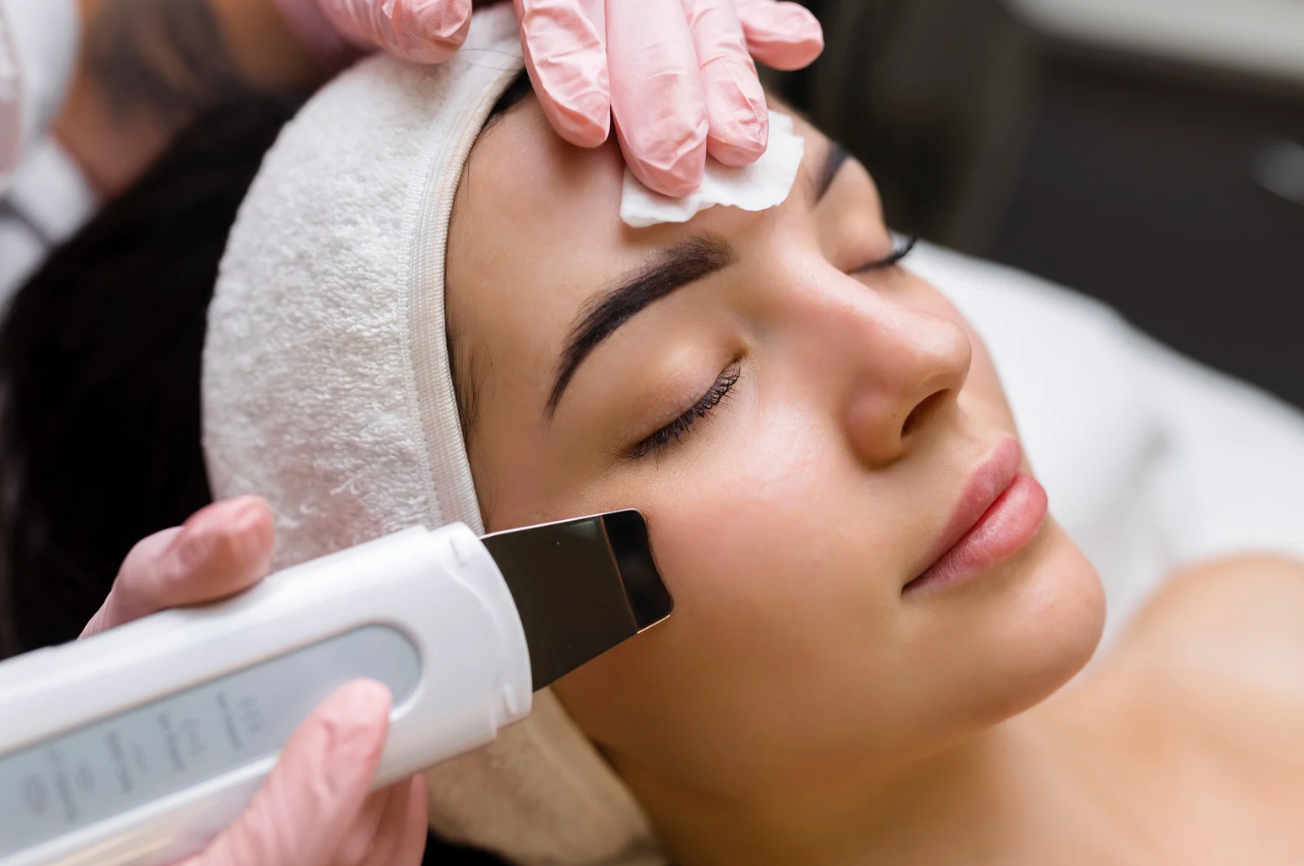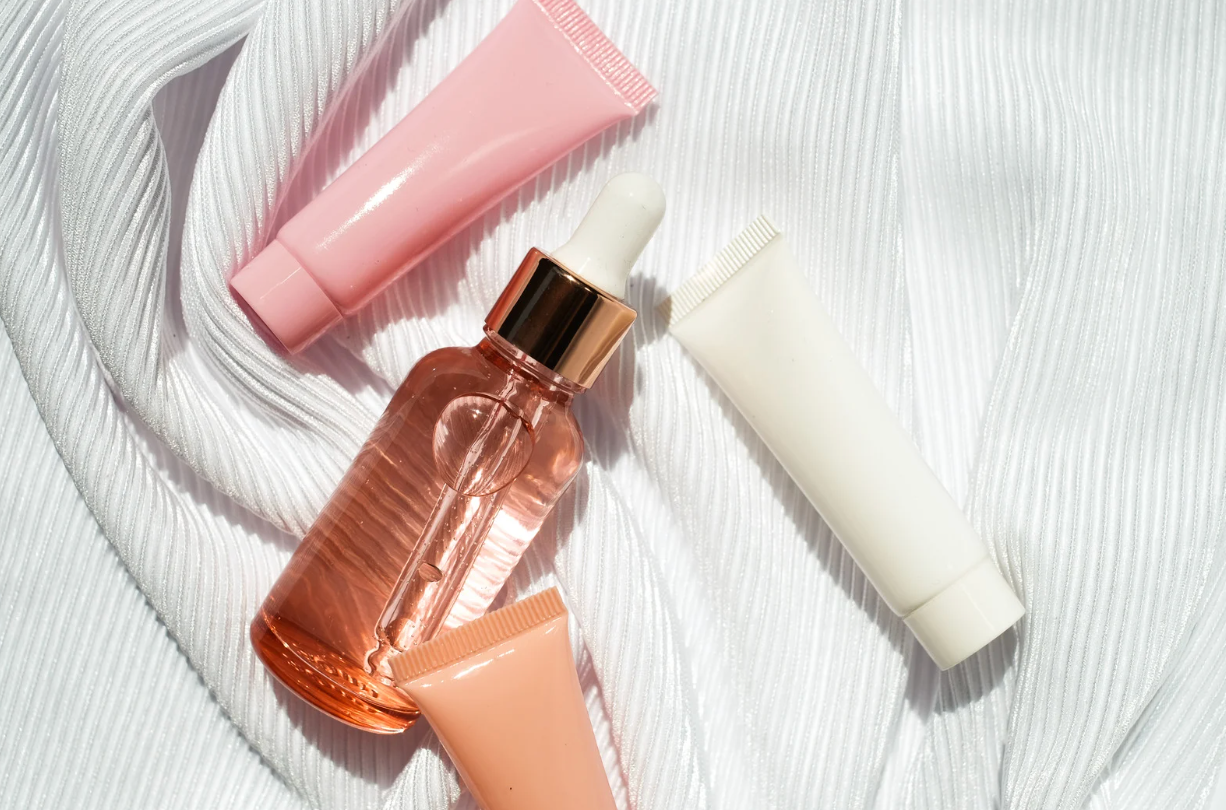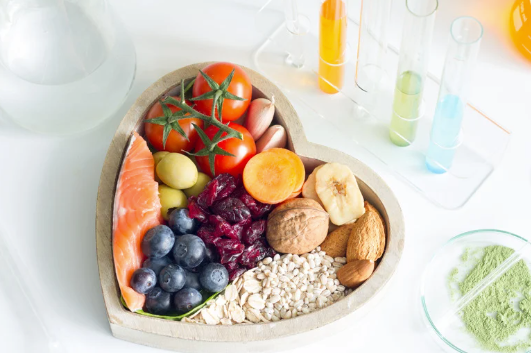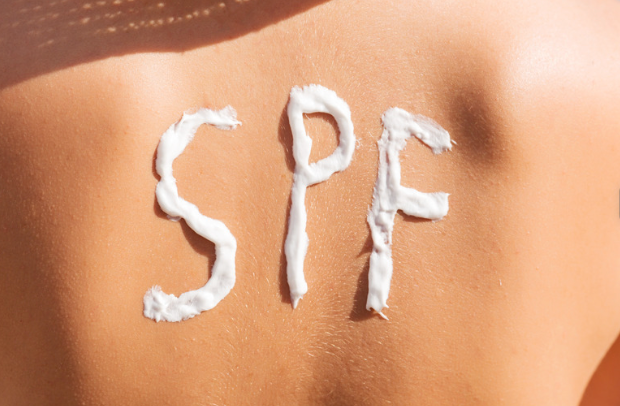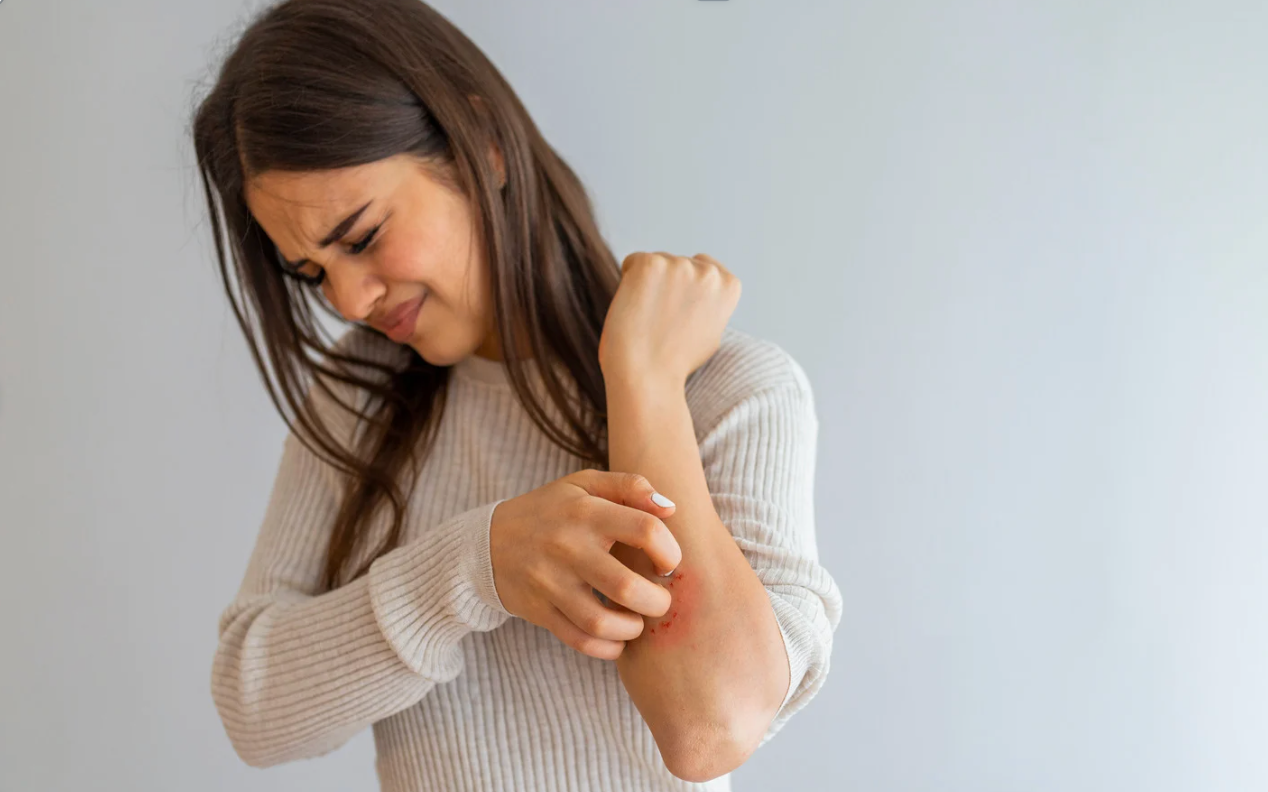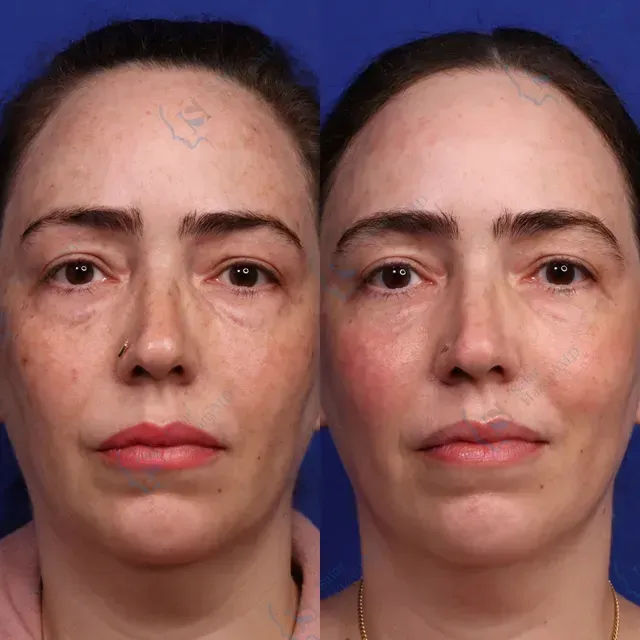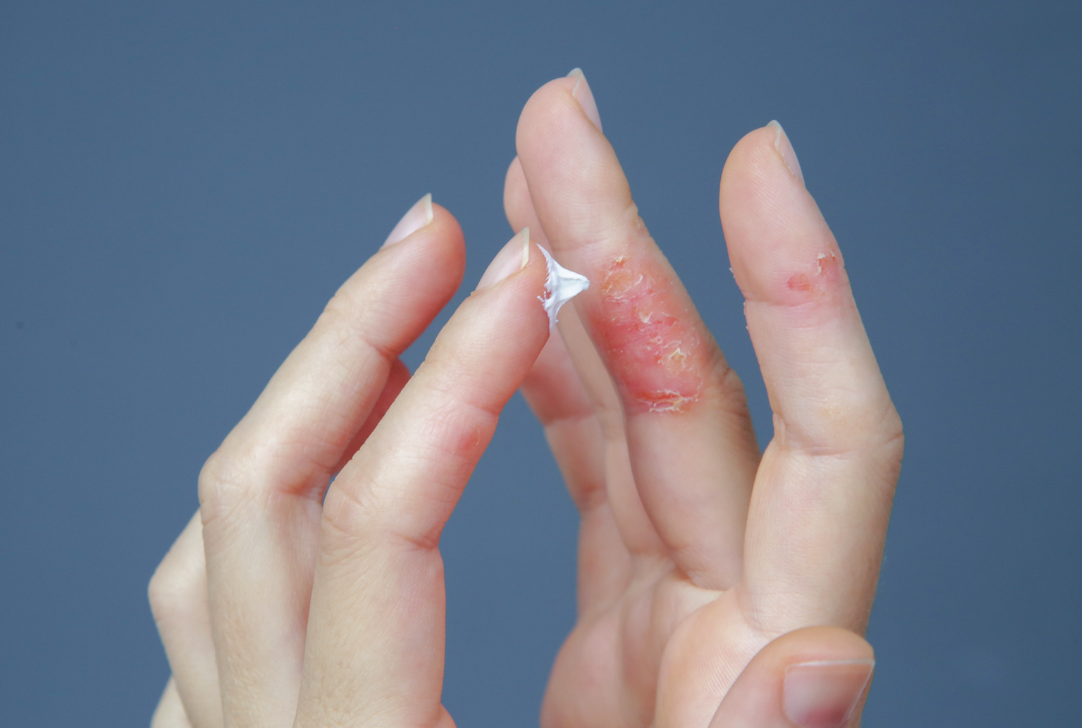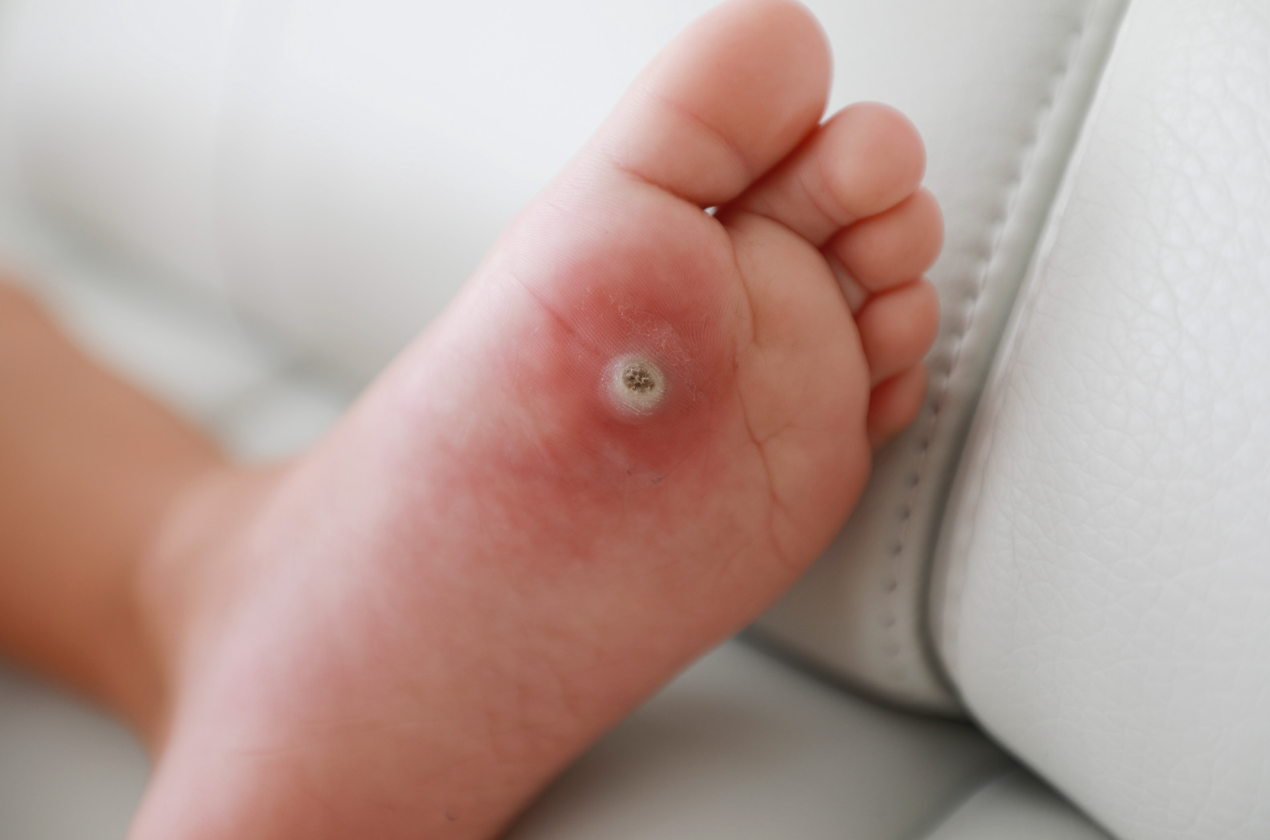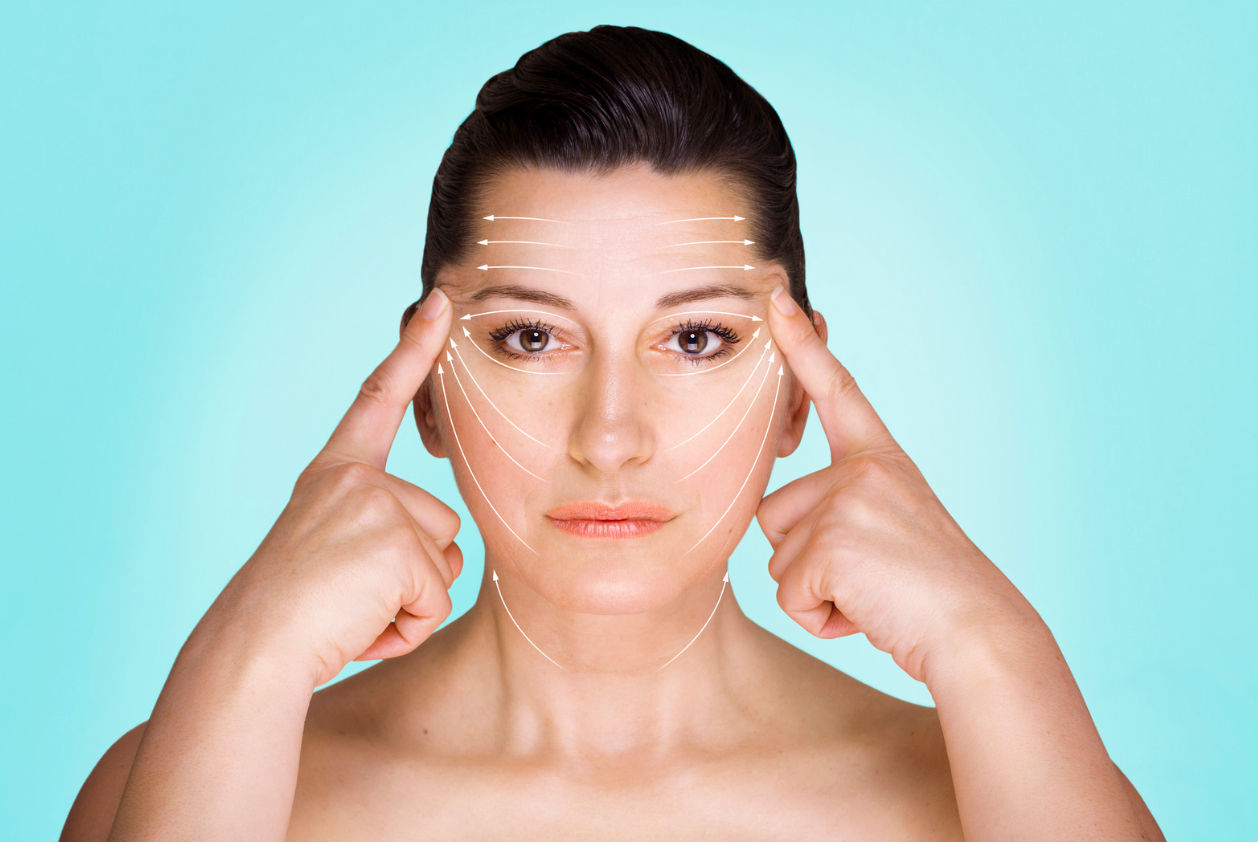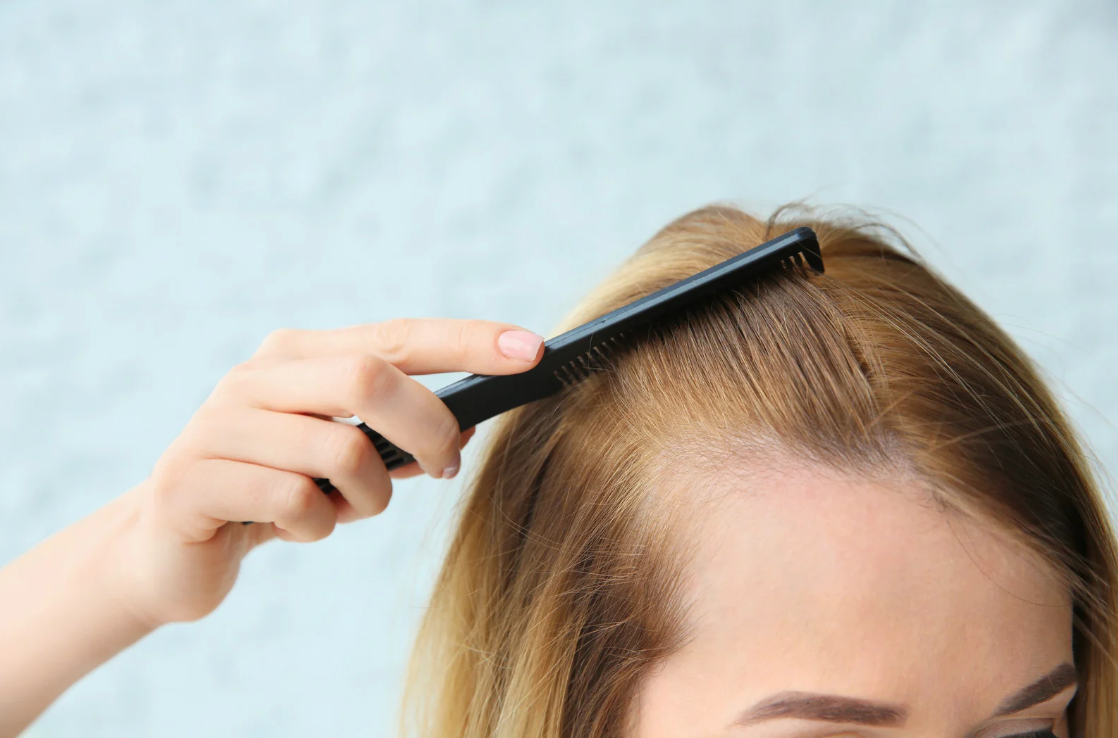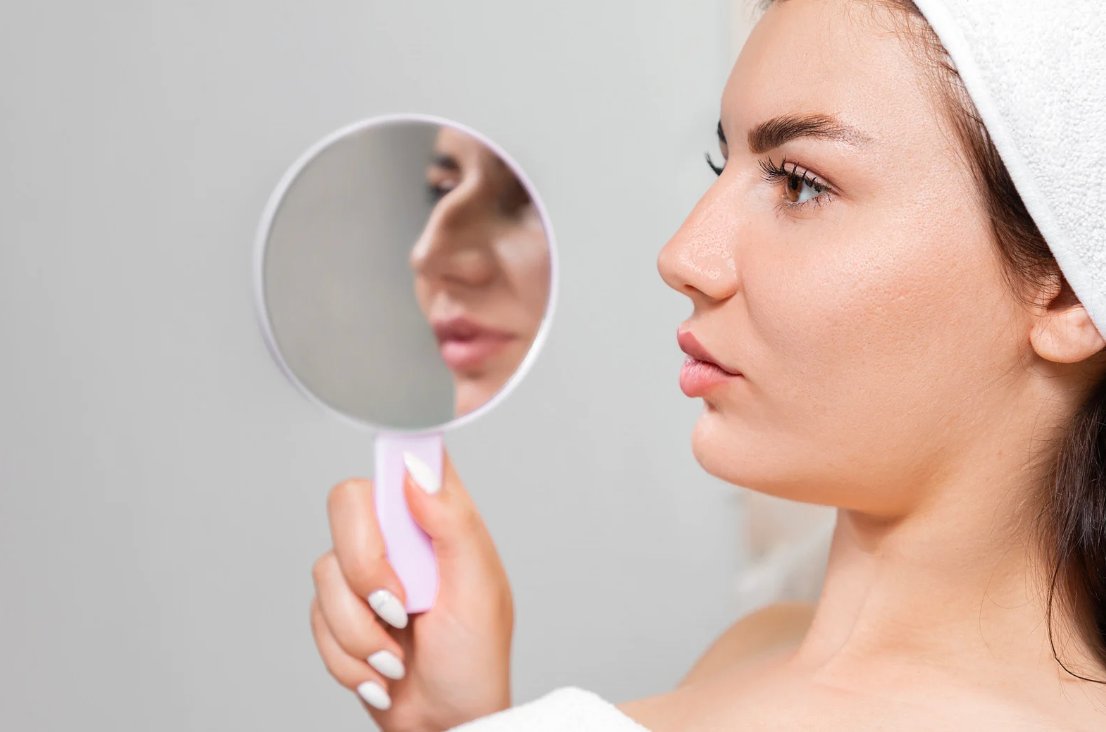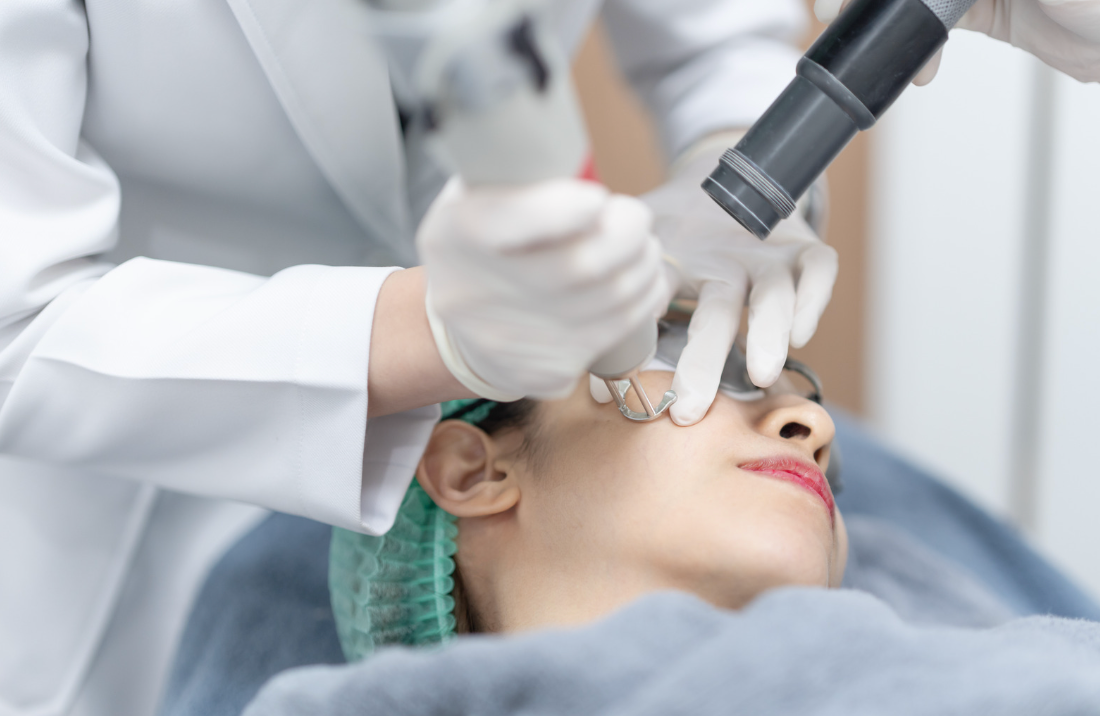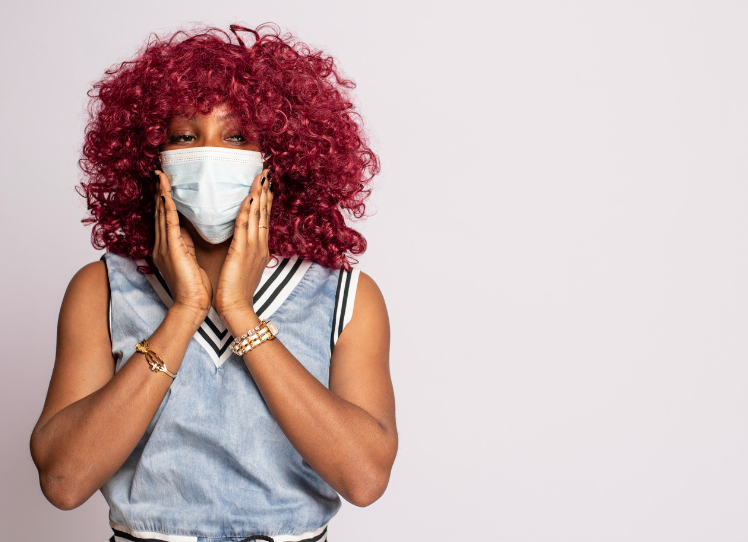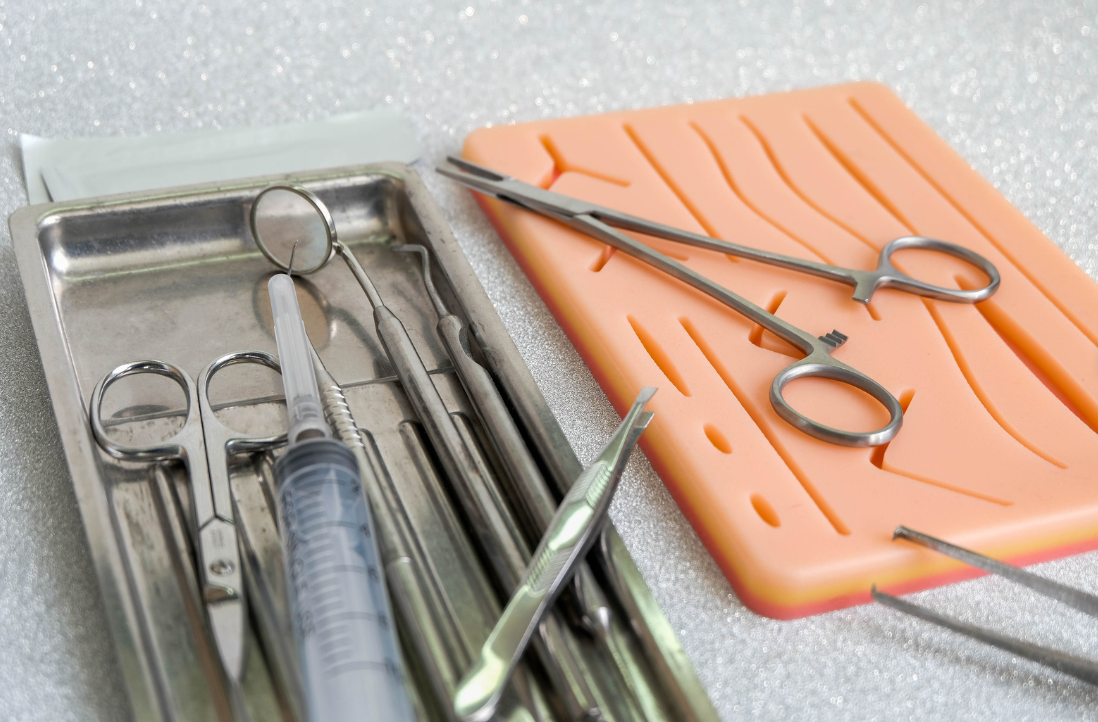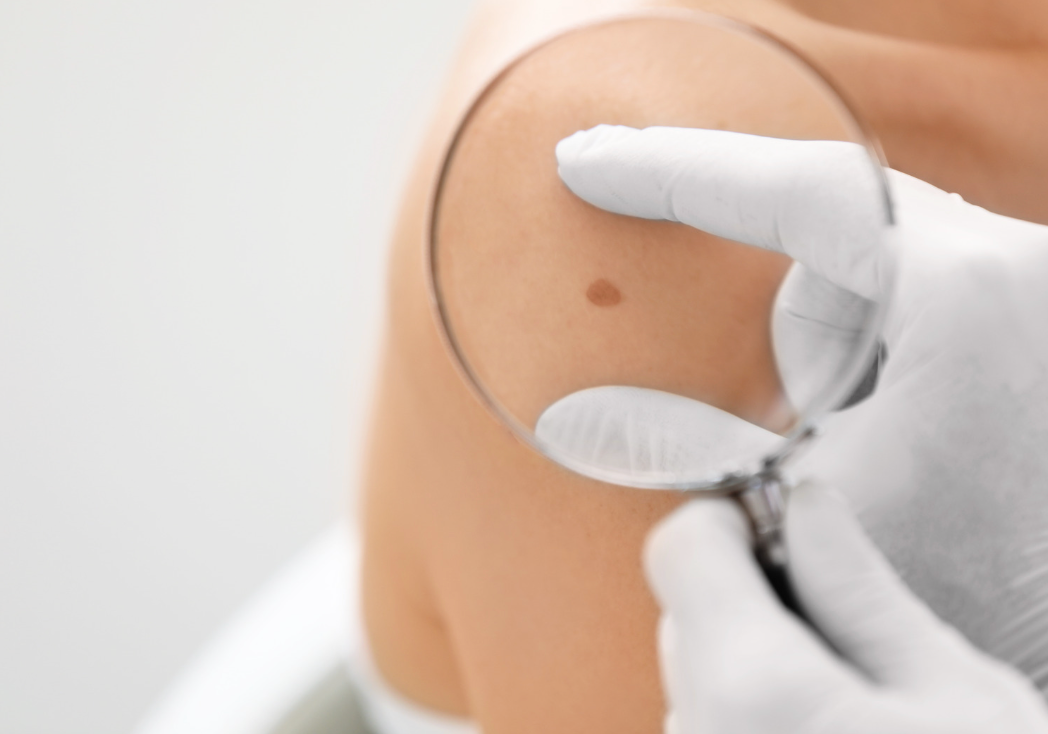Navigating Rosacea in Pregnancy: Symptoms, Management, and Safe Treatments
Learn More About Rosacea During Pregnancy!

Hormonal changes during pregnancy can contribute to many different skin changes. Often, this includes the worsening or development of rosacea, a common skin condition that causes flushing or long-term redness of the face due to enlarged and visible blood vessels. If you are pregnant and struggling with rosacea, you may wonder what safe treatments are available. This guide will help you understand rosacea and navigate your options.
Prescription Rosacea Treatments Prior to Pregnancy
Rosacea is an extremely common skin condition that can affect anyone. However, you may be more prone to it if you have skin that burns easily in the sun, are between the ages of 30-50 years old, have a history of smoking, or are female. Aside from just facial redness, rosacea can create visible spider veins, swollen bumps, burning sensation, and possibly an enlarged nose in severe cases. When left untreated, many note that their rosacea worsened over time, so many afflicted individuals may want to explore different treatments early in life. Common treatments include isotretinoin, more familiarly known by the brand name Accutane®, as well as oral tetracycline antibiotics. However, these medications can be extremely dangerous for pregnant individuals due to potential risks to the fetus. Therefore, comprehending the prescription rosacea treatments prior to pregnancy is vital to outline the treatment pathway during pregnancy.
When creating a treatment plan, a standardized grading system like the mean rosacea severity score, helps in evaluation, taking into consideration both primary and secondary symptoms. Especially during pregnancy, comprehending how rosacea progresses from mild to severe forms is critical. By using the mean rosacea severity score on symptoms such as flushing, redness, papules and pustules, and spider veins, healthcare professionals can better understand the possible escalation of the rosacea condition.
Understanding Rosacea During Pregnancy
Rosacea presents a unique challenge during pregnancy as reproductive and hormonal factors can significantly influence rosacea severity and manifestation. Approximately half of the women with pre-existing rosacea reported that it worsened during pregnancy, with about one-third experiencing no change and a minority observing that their rosacea improved. This unpredictable nature necessitates a thorough comprehension of pregnancy-induced factors that can alter rosacea’s course.
Pregnancy, a phase marked by hormonal upheaval, can significantly impact various skin conditions, including rosacea. Fluctuating levels of estrogen, progesterone, and human chorionic gonadotropin (hCG) can affect oil production and skin dryness, potentially triggering flare-ups. In particular, those undergoing progesterone therapy for pregnancy can be particularly prone to increased progression of inflammatory disorders.
Furthermore, pregnancy is a very stressful period and the emotional state of patients can significantly impact rosacea's onset and course. Stress factors can exacerbate rosacea symptoms, with a significant number of patients experiencing stress-related flare-ups. This highlights the importance of lifestyle changes and improving emotional wellbeing, which may result in the alleviation of rosacea symptoms during pregnancy.
Managing Rosacea When Expecting
In pregnancy, managing rosacea requires balancing between effective treatment and ensuring the safety of the unborn child. The limited availability of clinical trials and concerns over potential harm to the fetus from various treatments make the task particularly challenging. However, addressing rosacea in pregnant patients both early and effectively, with careful consideration for the safety of treatments used, is crucial.
A key strategy in managing rosacea during pregnancy involves embracing safe skincare practices. Using gentle, soap-free cleansers, applying moisturizers, and protecting the skin with high-SPF, broad-spectrum sunscreen forms the basic skincare regimen. In addition, it is paramount to avoid heavy or harsh skincare products, which can exacerbate rosacea symptoms or potentially harm the fetus in pregnancy. In addition to these skincare products, adopting a low glycemic index diet and taking supplements such as Omega-3 fatty acids are recommended to help regulate oil production, reduce inflammation, and minimize skin reactivity. Topical skincare products containing hyaluronic acid, vitamin C, azelaic acid, and metronidazole are recommended during pregnancy as they have been shown to ease reported symptoms of rosacea without harmful effects on the fetus.
Complications & Comorbidities
Rosacea during pregnancy isn’t merely a skin condition. It can be associated with other health issues, such as diabetes, heart problems, and inflammatory bowel disease, potentially adding to the complexity of patient management. These complications may be due to overlapping inflammatory pathways.
Rosacea fulminans, also known as pyoderma faciale, is a rare dermatologic disease recognized as an uncommon presentation of rosacea. Rosacea fulminans can sometimes develop during pregnancy and is associated with differing obstetric outcomes. It is characterized by red bumps, pustules, and thick plaques that are mainly localized on the face, which can cause severe emotional trauma when prolonged. Rosacea fulminans also typically has a sudden onset and can be associated with draining sinuses. Furthermore, rosacea fulminans is almost completely confined to females, especially during pregnancy, with little data on occurrence in males.
These linkages emphasize the need for an all-encompassing strategy in managing rosacea during pregnancy, not only considering just the skin condition but also potential systemic implications and emotional trauma. While many traditional rosacea treatment options are not suitable during pregnancy, there are some oral corticosteroids and azithromycin that patients have taken and noted their rosacea improved. Furthermore, topical metronidazole used in combination with other therapies has shown success.
Treatment Options Beyond Topicals
In terms of treating rosacea during pregnancy, the alternatives extend past topical applications. However, the choice of treatment is complex due to a lack of extensive randomized controlled trials and potential harm to the fetus from many treatments.
Oral doxycycline, commonly used for rosacea, is not recommended during pregnancy, making azithromycin a safe oral treatment alternative for pregnant patients. On the topical front, azelaic acid can serve as an alternative treatment for rosacea in pregnant patients, effectively reducing erythema and inflammation, with a favorable safety profile. These alternatives underline the need for early and aggressive treatment of rosacea during pregnancy while still prioritizing both successful treatment and the baby's safety.
Due to its severity, rosacea fulminans in a pregnant patient may necessitate the consideration of systemic steroids. However, their usage during pregnancy carries many risks. For the fetus, there is a possibility of intrauterine growth retardation. For the mother, the use of systemic steroids can increase the risk of complications in pregnancy such as maternal diabetes mellitus and hypertension. Therefore, the administration of systemic steroids emphasizes the need to strike a balance between efficacious treatment of rosacea severity while safeguarding both the mother and fetus.
In the quest for effective rosacea treatments during pregnancy, alternative therapies have gained attention. Topical ivermectin is one such alternative therapy for treating rosacea. Clinical studies indicate that topical ivermectin has demonstrated greater effectiveness than metronidazole in treating rosacea. However, its use during pregnancy is accompanied by heightened concerns. This draws attention to the need for continued research to discover safe and efficacious treatments for managing rosacea severity while pregnant.
Additionally, there are certain lasers that can be used to eliminate the enlarged blood cells that cause rosacea, thus eliminating the redness. However, only a few lasers are safe to use on rosacea during pregnancy. At our clinic, we do offer a special Nd:YAG laser that can be used to treat rosacea in pregnant patients. However, it is vital to first discuss your health history and more with our providers in order to determine safety and suitability for your pregnancy.
Conclusion
Navigating rosacea during pregnancy is a journey of understanding, patience, and personalization. The interplay between pregnancy-related hormonal changes, rosacea severity, and the risks and benefits of treatments all contribute to this complex condition. However, with the right knowledge, support, and personalized treatment plans, it is possible to effectively manage. Keep in mind, every pregnancy is unique, and so is every journey with rosacea.

